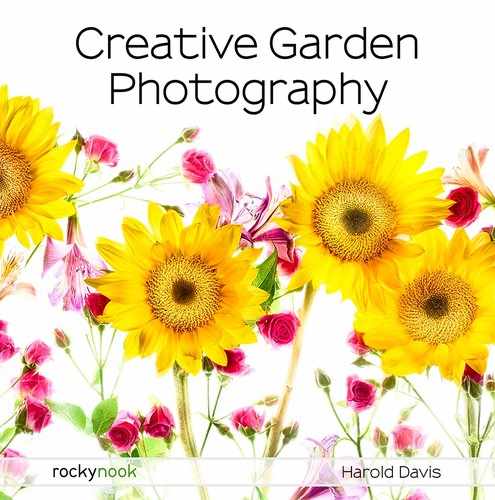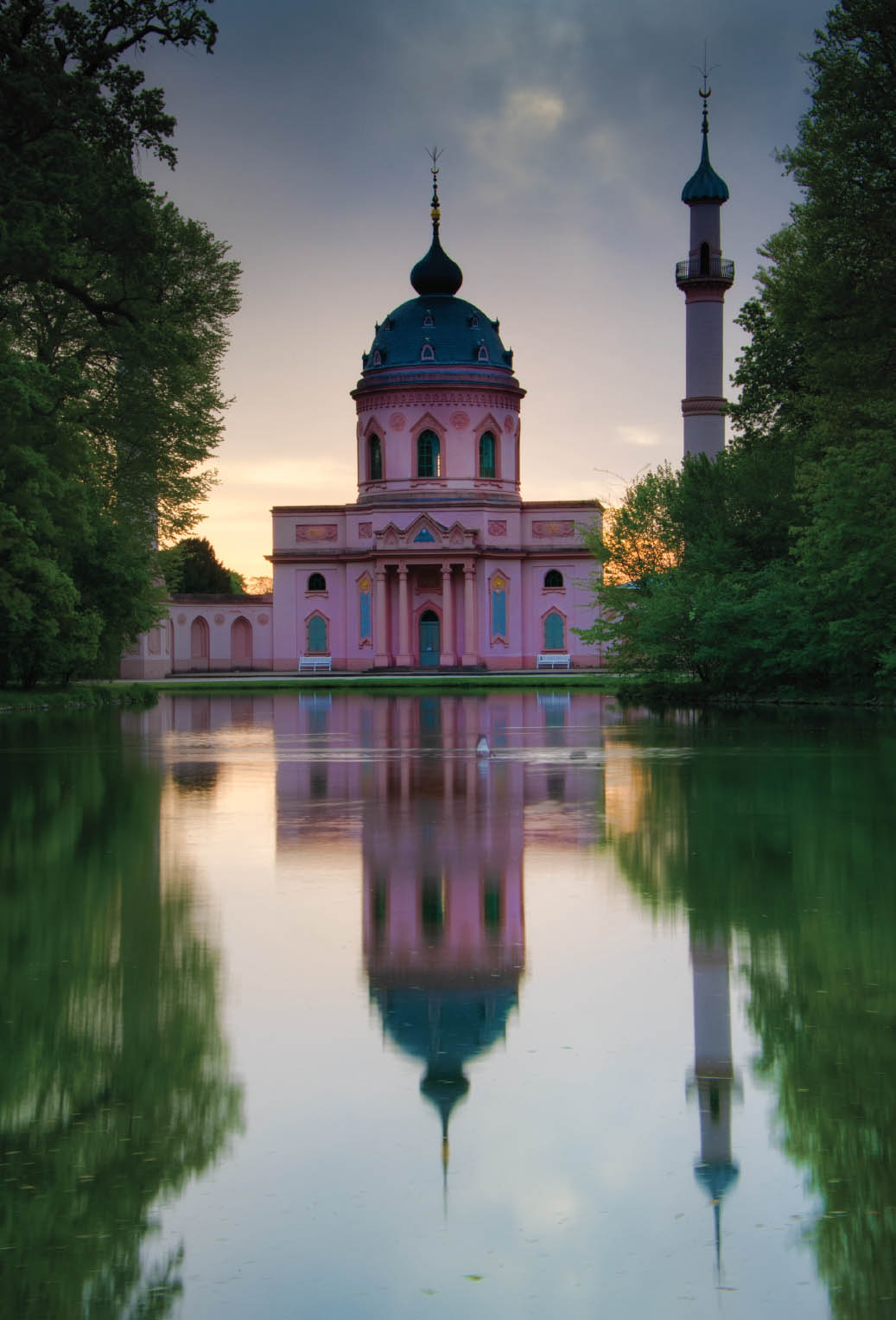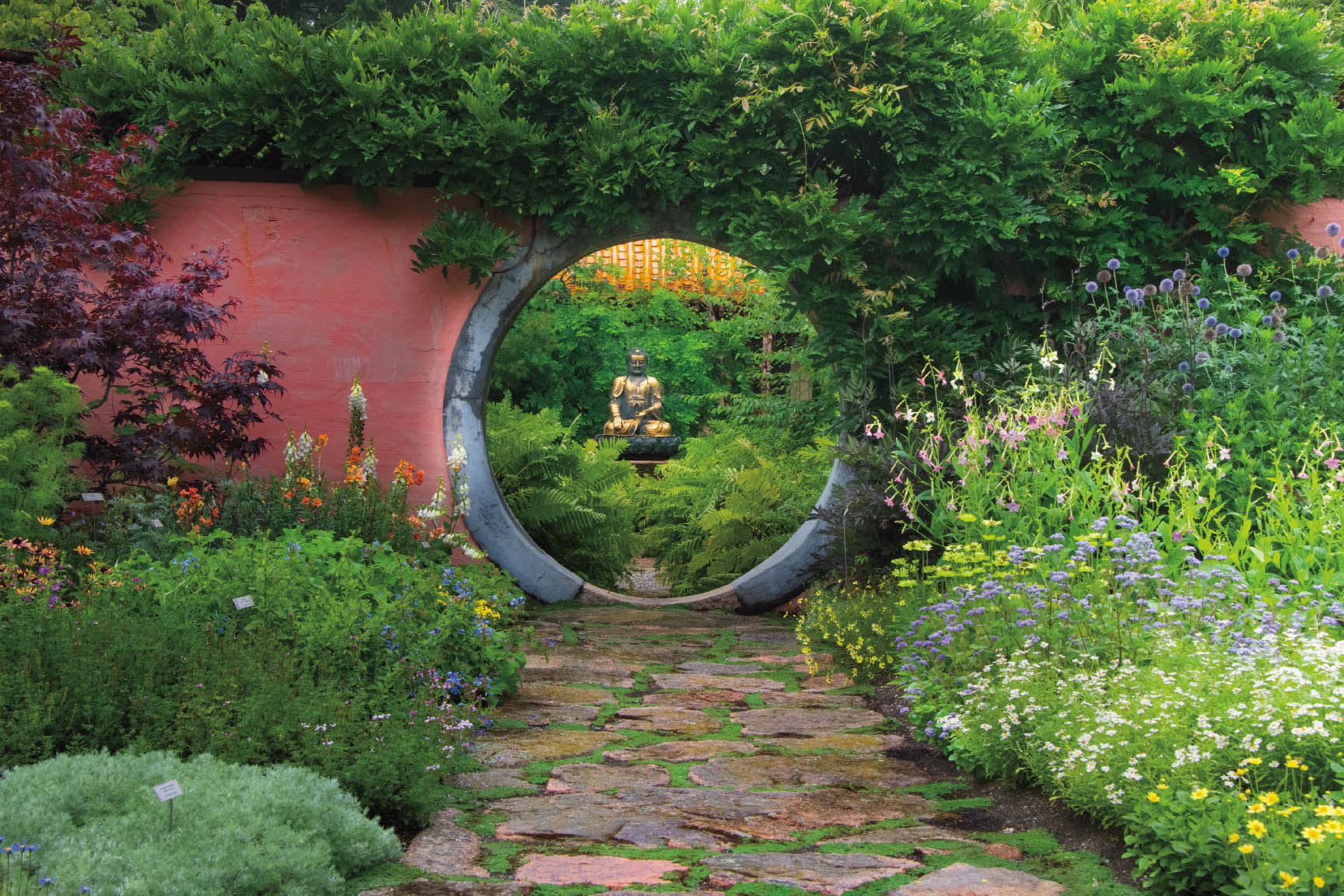The Garden as Status
Gardens have long been status symbols. The garden at Versailles that André Le Nôtre (see pages 26–33) designed for Louis XIV was part of the Ancien Régime stage play of wealth and power. The point of this kind of over-the-top status symbol is to wow people so that they understand that is is desirable to submit. The good news for us as garden lovers is that status-symbol gardens often start as a declaration of status and change into something like a living museum, sometimes, but not always, following a revolution.
In more recent times, wealth and power have become decoupled from public office at least to some degree. Public office holders can be thought of as designees of wealthy families, such as the Rockefellers and DuPonts. The fantastic gardens created by some of these families were originally intended as private preserves. They can be thought of as works of art, just as a billionaire might have a Rembrandt or an Impressionist painting in their home.
Over time, many of these gardens have transitioned into the public domain, either in the hands of a public trust, such as a nature conservancy, or via a botanical garden organization which may charge admission. In some cases, prestige gardens have been given to universities to use as teaching gardens for landscape design departments.
As someone who loves gardens, I must feel grateful to the need of oligarchs to display their wealth and taste in peacock fashion, because otherwise these gardens probably would have never been made. Isn’t it nice that these people have left these beautiful gardens for us?
It’s not only very rich folks that use gardens as a status symbol. In almost any suburb, the lushness of lawn and garden plays an important role in neighborhood reputation. Should a modest neighborhood garden be neglected for a year or two, neighbors and acquaintances will inquire whether anything is wrong, perhaps with concern that area property values will go down.
Garden Mosque—Toward the end of the eighteenth century, in the grand gardens of Europe built by potentates and absolute monarchs, the garden mosque, or “folly,” became trendy. These mosques were not specifically religious edifices, and they may even have been sacrilegious to Islam. The structures often contained highly stylized versions of decorative plaster and tile work reminiscent of Moorish styles.
One of the last remaining examples of these decorative garden mosques can be found in Schwetzingen Palace Gardens in Germany. The Schwetzingen mosque was designed by Nicolas de Pigage and finished in 1795, following sixteen years of construction. In addition to the cupola and minaret, the complex includes several large colonnades, a “Turkish” garden, and formal rooms decorated with inscriptions in both German and Arabic.
I was privileged to photograph the Schwetzingen Gardens mosque just after sunrise, with the reflection of the mosque appearing in a still, decorative pond.
Nikon D850, 55mm Zeiss Otus, 1/4 of a second at f/16 and ISO 64, tripod mounted.
When I take my first look at a garden and size up how I want to portray it in a photographic image, I try to understand where the garden fits on the status hierarchy. Important public gardens have a different mood and feel than personal, artistic expressions. Versailles is very different from Monet’s Giverny, which Monet created as part of his work process and his art, without any idea that his garden would confer status. Understanding the extent to which status was a primary concern of the garden’s creators helps me delineate the context of photography in the garden.
Generally, but not always, the more a garden is about status, the more formal the garden. There are beautiful gardens that were created to confer status and there are beautiful gardens that have no connection to the concerns of prestige. But having an idea about the intent behind the garden’s design helps me know how to capture the garden’s soul.
Portal—The wonderful Abby Aldrich Rockefeller Garden in Seal Harbor, Maine, is built around sculpture acquired from around the world, creating an eclectic and somewhat oriental effect. The Buddha framed by the round portal was intended to create a vista, as are many of the other sculpture placements in this garden.
Abby Aldrich Rockefeller was married to financier and philanthropist John D. Rockefeller. In addition to this garden and many other philanthropic works, she was a prominent patron of modern art and donated much of her collection of European modernist paintings to the Museum of Modern Art in New York City.
Nikon D850, 56mm, 1/160 of a second at f/16 and ISO 1250, hand held.


